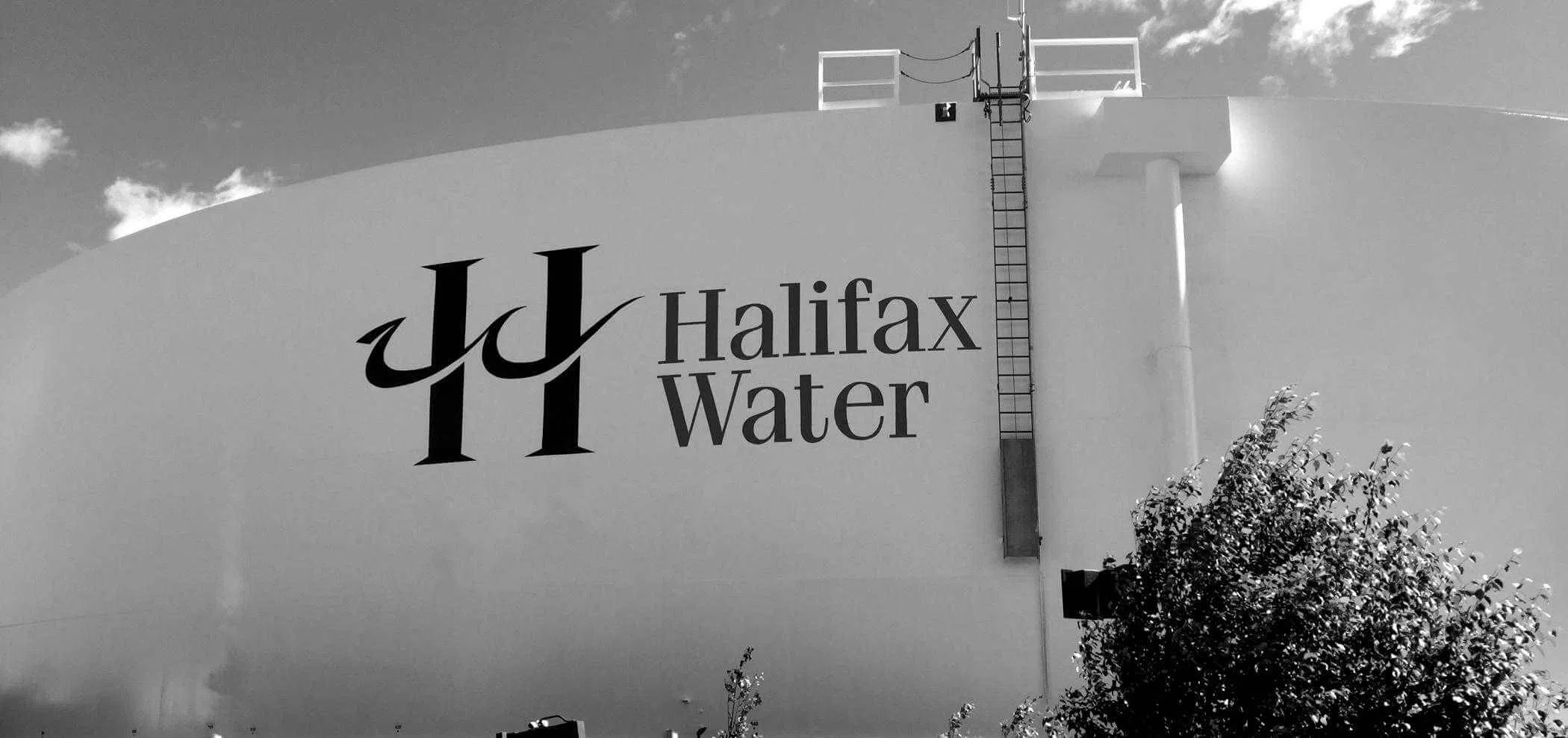Halifax Water says heavy rain and flooding is part of the reason it will seek a rate increase in the coming weeks.
“Extreme weather may happen more often and the utility’s infrastructure is not equipped to handle it,” explains Jeff Myrick, communications and public affairs manager with Halifax Water.
“The infrastructure that’s been in place was never built or designed to withstand the amount of rainfall and storms that we had last July and August,” said Myrick.
“It is too early to tell what the rate hike could be,” Myrick said.
The utility presented its 2024/25 fiscal year business plan at a Halifax Regional Council meeting on Tuesday.
Halifax Water’s acting General Manager Kenda MacKenzie told the council that the utility wants to request a rate hike to cover their projected operating costs.
The utility anticipates an operating deficit of $18.7 million, $16.4 million more than the previous year, according to the utility’s 2024-25 business plan.
In comparison, the utility actually had a surplus of $3.6 million for the 2023-24 fiscal year.
The anticipated costs reflect changes that the utility needs to make, like making infrastructure more robust to deal with extreme weather in the future.
However, the costs reflect more than necessary changes for future weather. The Mill Cove Water Treatment Facility will need a significant upgrade over the next year or so, he says.
Myrick says other cost factors include:
- inflation
- salary and wage increases
- increased costs for water treatment chemicals
- rising cost of fuel
- depreciation
- borrowing costs
Myrick says the utility has the “funding mechanism” in place, meaning rates collected from Halifax Water customers, to get the money to operate without such a large deficit.
Growth
Myrick says the utility is also growing.
They’re adding 1000 people into the Halifax Water service system a year, he says. If you combine that with old infrastructure — like pipes in the ground that are nearly 100 years old, for example — the utility faces growth challenges, he says.
“A growth and aging infrastructure means that we need to reinvest or invest in ensuring we can provide the services that are required for our population,” says Myrick.
Myrick says the utility also faces increasing regulatory compliance.
Climate change
It’s not surprising that any utility needs to update their infrastructure because flooding is more frequent, says Alex Cadel, climate services specialist with CLIMAtlantic.
“Jurisdictions all over the country, all over the world are kind of struggling with that at the moment, because this is not just a Halifax problem. This kind of relationship between higher temperatures and more intense rainfall is happening everywhere,” says Cadel.
He says our infrastructure is designed for typical weather conditions, but those designs are no longer good enough for the future, he says.
As climate change brings warmer weather, the air holds more moisture, he says. Because of that, rain doesn’t necessarily fall more frequently, but when it rains, there’s more of it.
Last summer, some isolated areas of Nova Scotia received upwards of 260 mm of rain in 24 hours. He says that was “off the charts” compared to some of the historical information available.
That may have been a one-in-100-years event, but if the climate continues to warm, he says that could turn into a one-in-25-years event. When utilities consider what improvements they make, Cadel says they now have to keep this in mind.
The average rainfall for Nova Scotia has already slightly increased by about 5 per cent in recent years, he says.
“If we continue to see ongoing warming towards mid-century, end of the century, that might increase to 10 or 11 per cent increase,” he says.





